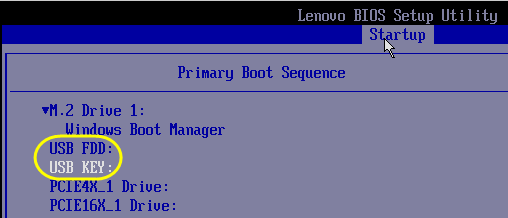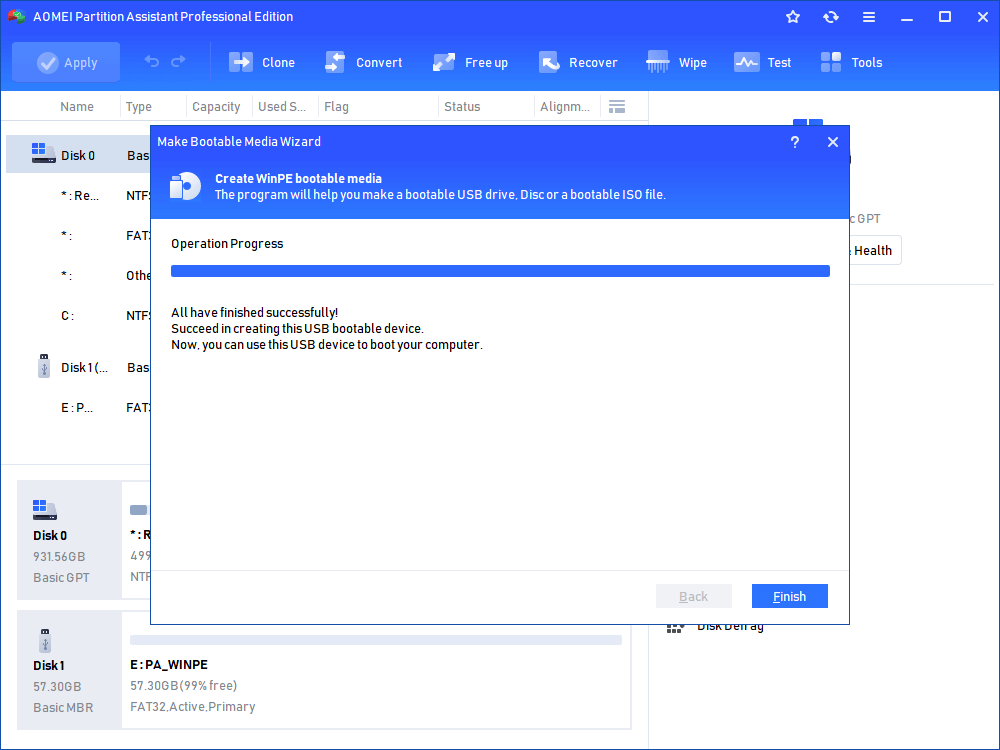

The following Lenovo systems have not been specifically tested, but we expect them to exhibit the same behavior of similar models with the same BIOS version that we have tested.

The detailed lists below indicate models we have specifically tested and those that, while not specifically tested we expect to work as they have the same BIOS as the ones that have been tested successfully. Any Lenovo desktop system running BIOS older than August 2016 will NOT support management of UEFI configuration. In August 2016 Lenovo began releasing firmware update (FWKT54A) for some of the ThinkCentre M700/M800/M900 models and have subsequently issued BIOS revisions for other models. Until recently, the settings to manage UEFI configuration were not implemented in the Lenovo BIOS WMI interface on ThinkCentre systems.

Note: If you need to disable secure boot to boot from a USB device, see this link: Disabling Secure Boot. The system should now boot from the USB drive. Select the USB drive using the arrow key and press Enter. There should be a pop-up menu with a list of choices. If necessary, press F12 to access the boot menu and select your boot device. Press F12 immediately as the Thinkpad logo appears. Select Yes to confirm the loading default configuration. Select Yes to continue to disable the OS Optimized Defaults. Select OS Optimized Defaults and change the value to Disabled. Restart the PC and press F1 to enter Setup.įor ThinkPad: Navigate to the RESTART menu.įor ThinkCentre and ThinkStation: Navigate to the EXIT menu 1/10 - Lenovo Desktops, ThinkCentre How to Boot From a USB Drive - ThinkPad Step 3: Reset the.

There are many reasons for this, some are valid. Set the computer to boot from USB drive via BIOS Method 2. Microsoft requires computer manufacturers to lock down the hardware settings to prevent booting from USB. The first step is to enable the boot from USB option. Many Lenovo / IBM Laptops are great machines to run a Linux based USB.


 0 kommentar(er)
0 kommentar(er)
